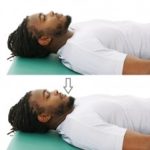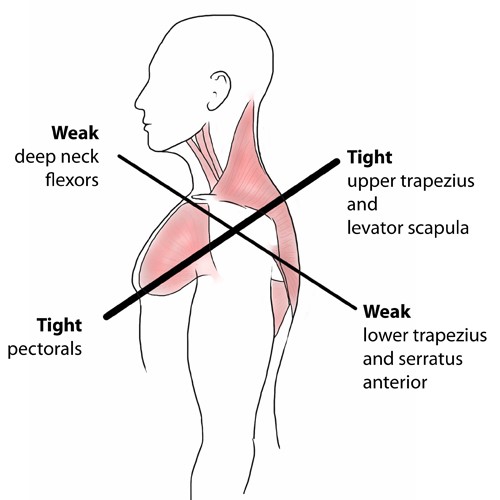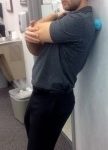Understanding and Improving Upper Cross Syndrome
by James Poupongtong PT, DPT
AzOPT Buckeye Doctor of Physical Therapy
 Upper cross syndrome is something that typically occurs due to bad posture. Muscles in the shoulders and chest tighten and other muscles in the neck and back weaken over time. This tightening and weakening of certain muscles can result in neck and shoulder pain, headaches, and/or tingling down one or both arms.
Upper cross syndrome is something that typically occurs due to bad posture. Muscles in the shoulders and chest tighten and other muscles in the neck and back weaken over time. This tightening and weakening of certain muscles can result in neck and shoulder pain, headaches, and/or tingling down one or both arms.
The number one priority to treat upper cross syndrome is managing the cause behind it. Most commonly, this means fixing your posture as you sit at your computer or stand while washing dishes. In this blog, I will teach some exercises that stretch tight muscles and strengthen weak muscles in order to improve your symptoms from upper cross syndrome. This of course, is not a replacement for being evaluated by a licensed physical therapist.
Exercise 1: Chin tucks
This exercise aims to strengthen the weakened neck muscles.

- Start by laying down on your back.
- Tuck your chin in towards your chest to make a double chin.
- Hold this for 5 seconds and perform 10 reps of this exercise.
Exercise 2: Ball massage with tennis ball
This exercise aims to help your upper trap muscles relax.
 Pin a tennis ball in between you and a wall at the muscle right above your shoulder blade.
Pin a tennis ball in between you and a wall at the muscle right above your shoulder blade.- Move your body like a bear scratching itself on a tree to massage the muscle.
- Repeat for up to 2 minutes per side as needed.
Exercise 3: Scapular retractions
This exercise aims to strengthen your lower trap muscles.
 Begin by sitting with your elbows bent at 90 degrees.
Begin by sitting with your elbows bent at 90 degrees.- Squeeze your shoulder blades in and down, just like the picture shows. If you have trouble with this, imagine trying to move your shoulder blades into your back pocket.
- Perform 2 sets of 10 repetitions.
Exercise 4: Corner pec stretch
This exercise helps stretch out the tight chest muscles.
 Begin by finding a corner in the room and place one foot in front of the other.
Begin by finding a corner in the room and place one foot in front of the other.- Place your forearms against the two walls that make up the corner like the picture shows.
- Push your chest into the wall until you feel a stretch in your chest muscles. *If you get shoulder pain, turn your hands in towards each other. If your shoulder pain continues, hold off on this exercise*.
- Hold this for 30 seconds. Repeat 2 more times.
Try these exercises at home if you are having neck or shoulder pain after sitting or standing for a longer period of time. If the pain does not improve or worsens, please schedule an evaluation at your nearest AzOPT clinic.
Images obtained from:
https://www.ashworthchiro.com/wp-content/uploads/2017/01/upper-crossed.jpeg


 Pin a tennis ball in between you and a wall at the muscle right above your shoulder blade.
Pin a tennis ball in between you and a wall at the muscle right above your shoulder blade. Begin by sitting with your elbows bent at 90 degrees.
Begin by sitting with your elbows bent at 90 degrees. Begin by finding a corner in the room and place one foot in front of the other.
Begin by finding a corner in the room and place one foot in front of the other.




